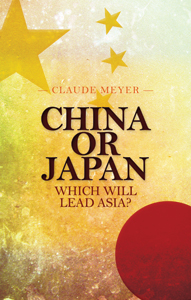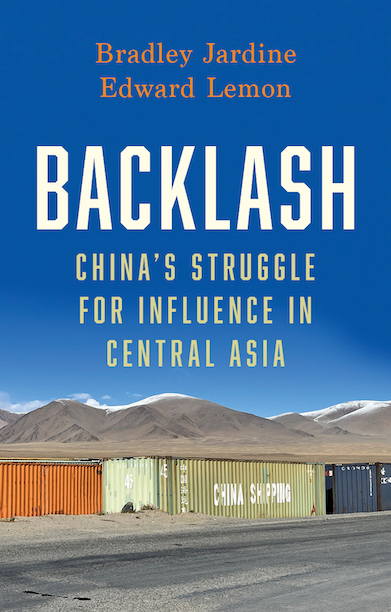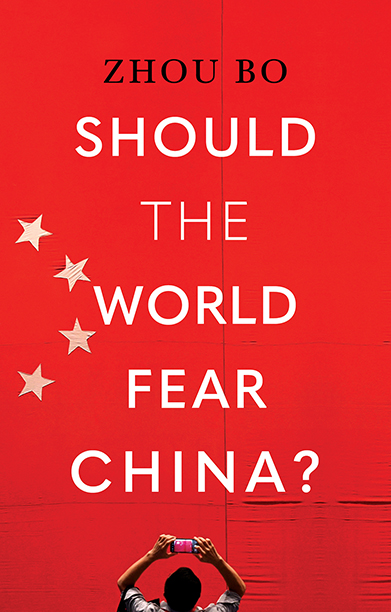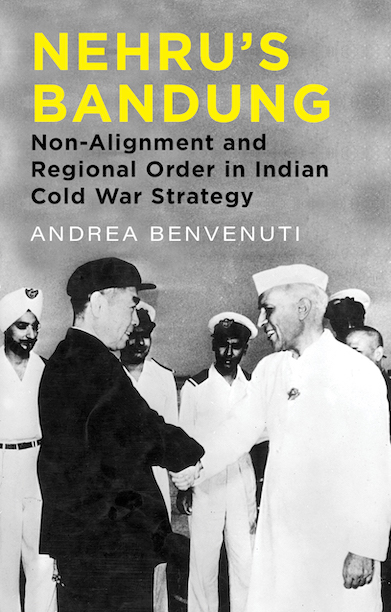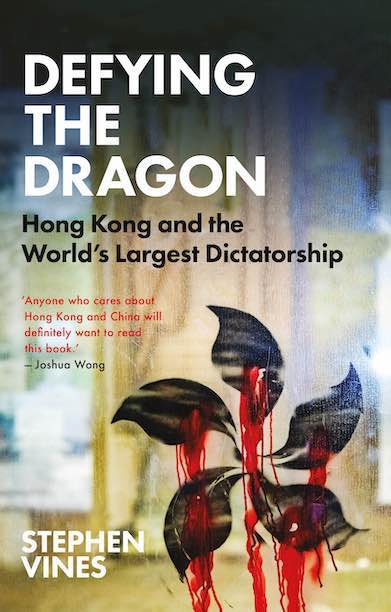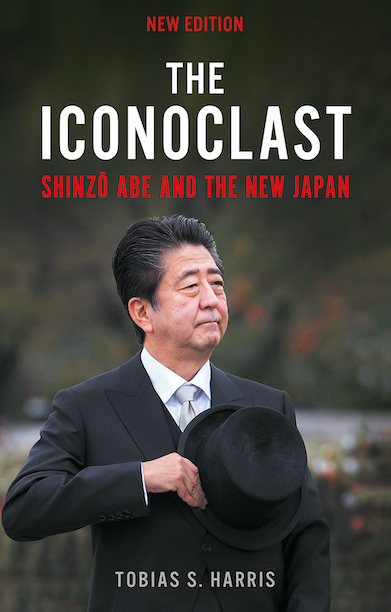Description
The twenty-first century will doubtless be that of Asia, which by 2030 will be home to three of the world’s four mightiest economies, including India. This stimulating book aims to open a debate on the question of leadership in Asia for which China and Japan are competing. It assesses the two rivals’ strengths and weaknesses as well as the major challenges which they will face in that battle for supremacy. On this basis, it proposes the most probable scenario for the next two decades in the light of the dialectical relationship between economics and strategic power. Without neglecting the strategic aspects that give advantage to China, priority is given to an economic approach, because that is the primary arena in which Asian integration is taking place and the one in which a resilient Japan still firmly maintains its leadership, based on productivity, competitiveness and technological edge.
Reviews
‘In this provocative and important book, Claude Meyer argues against the conventional wisdom that Japan’s future is past and that China will necessarily dominate the region. Drawing on his long years of experience with China and Japan as a businessman and scholar, Meyer explains why the next decades in East Asia are going to be dominated by competition between China and Japan for political and economic power. In contrast to so many observers who have written Japan off as a declining power, Meyer puts his focus on Japan’s strengths as well as its weaknesses and the likelihood that it will play a central role in shaping the Asia of the future. This book should be required reading for anyone interested in the future of the world economy’s most important region.’ — Professor Gerald Curtis, Columbia University
‘A really good book. It is sensible, direct and very readable. Meyer addresses the rise of Japan and now China to become the world’s third and second largest economies and major rivals for leadership in East Asia. Theirs is an economically friendly and mutually beneficial relationship which masks inevitable political tensions, exacerbated by the history of their relationship. The author nicely speculates on how they will probably share regional leadership for the next twenty years. Thereafter it will be either a regional cooperative arrangement led by China, Japan and India, or China will be the East Asia hegemony.’ — Hugh Patrick, Director, Center on Japanese Economy and Business, and Professor Emeritus, Columbia University
‘A fascinating mixture of authoritative economic and political analysis on an extremely important topic that has not received the attention it deserves. As the author so clearly puts it, everything divides the two countries, be it interpretations of the past, perceptions of the present, or visions of the future. In any, almost inevitable, future confrontation China would seem to have the upper hand, yet Japan cannot be easily dismissed. The country retains considerable strengths, notably financial and technological, but also cultural. What it seemingly lacks nowadays is confidence in itself, a confidence that China, on the other hand, has in abundance.’ — Andrea Boltho, Emeritus Fellow, Magdalen College, Oxford University
‘Busy readers who want to quickly get up to speed on East Asia will learn much from this slim volume, one brimming with a veteran observer’s insights and knowledge.’ — Japan Times
‘An enjoyable and thought-provoking read.’ — Andrew Oros, H-Diplo
Author(s)
Claude Meyer is Senior Fellow at GEM-Sciences Po, and teaches international economics at Sciences Po (Paris). He has pursued a dual career as an academic and as an executive in a Japanese bank. He holds a PhD in Economics and degrees in Philosophy, Sociology and Japanese Studies. His research and publications deal mainly with Asian economies with an emphasis on the interaction between economic power and strategic issues.
